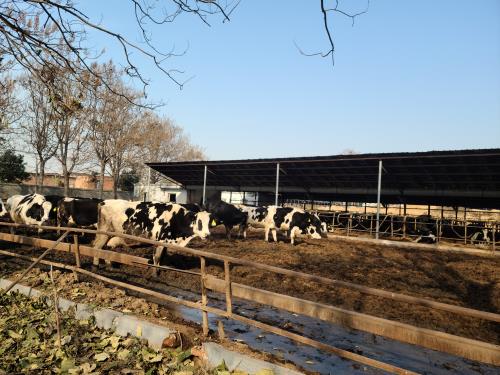Regular maintenance of veterinary B-ultrasound machines is an effective means to reduce and avoid failures and extend the service life. This is an important task that cannot be ignored by veterinary B-ultrasound machine operators and engineering and technical personnel. The maintenance of B-ultrasound machines mainly includes the following aspects:
(1) According to the sanitary conditions of the use environment, regularly remove dust, dirt and moisture inside and outside the machine. This is very important. For example, some B-ultrasound machines freeze after one or two years of use, that is, the power-on self-test cannot be performed normally or abnormal phenomena occur after working for a period of time. This may be because there is too much dust inside the machine, resulting in a slight short circuit inside the machine or the temperature inside the machine is too high, thus affecting the normal operation of the machine. For example, a HP B-ultrasound machine failed to pass the power-on self-test and smelled a burnt smell. After disassembling the machine for inspection, it was found that there was too much dust inside the machine, causing a spark on a circuit board inside the machine, burning out components such as capacitors. After thoroughly cleaning the dust and replacing the damaged components, the machine resumed normal operation. The failure of this machine was caused by the lack of engineering and technical personnel from the time it was purchased and put into use to the time the failure occurred. Some B-ultrasound machines with trackballs often have abnormal or no cursor movement, resulting in the inability to measure data. This phenomenon is mostly caused by dust accumulation in the trackball, and the dust must be removed in time.
(2) Carefully observe the circuit components to check for abnormal or deteriorated components, and analyze and eliminate abnormal phenomena.
(3) Clean the conductive contact parts of the connectors and the surface of the high-voltage insulating components to protect the connectors from good electrical contact and prevent the high-voltage components from leaking dirt.
(4) Tighten the connectors and fixing screws to ensure good and stable contact of the system as a whole.
(5) Check the detection performance of the instrument and the control performance of the panel control keys (buttons), and correctly adjust the performance control knobs to keep the whole in good working condition.








